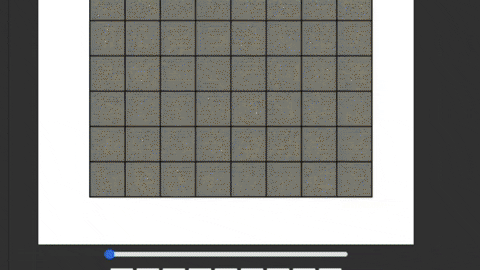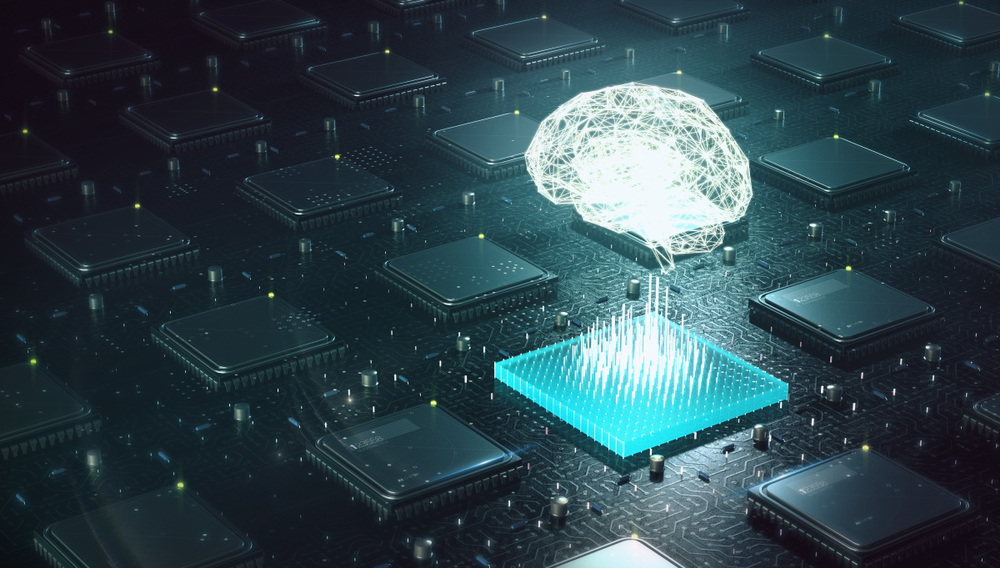A group of researchers, Gautam Tata, Sarah-Jeanne Royer, Olivier Poirion, and Jay Lowe, have written a new paper “DeepPlastic: A Novel Approach to Detecting Epipelagic Bound Plastic Using Deep Visual Models.” The workflow described in the paper includes creating and preprocessing a domain-specific data set, building an object detection model utilizing a deep neural network, and evaluating the model’s performance. YOLOv5-S was the best performing model, which operates at a Mean Average Precision (mAP) of 0.851 and an F1-Score of 0.89 while maintaining near-real-time speed. The DeepPlastic code repository can be found HERE.
The researchers have been working on a new project which exists in the union of cutting-edge deep learning/computer vision techniques and marine science. Utilizing generative adversarial networks (GANs) and subsets of the DeepTrash data set, they can now create synthetic images of marine debris plastic in ocean environments. See the included image below as an example of a synthetic marine plastic debris image being detected by DeepPlastic.

“Humans borne by ship work in labor intensive crews and high stress conditions. Autonomous underwater vehicles (AUVs) equipped with cameras can comb the ocean until their power cells run out. However, before these highly efficient AUVs can be deployed–they require a computer vision algorithm to guide their path. DeepPlastic utilizes the Yolov5 network architecture and was trained on the specially crafted DeepTrash data set to identify marine plastic debris at an extremely high rate of precision in near time speeds. These results meet the requirements for AUV deployment.” – Gautam Tata
Here is a 30 second demo reel of the object detection model in various environments:
“Deep learning technologies have hit a critical juncture in accessibility. The engineering community can now perform complex algebraic operations through functions and frameworks–allowing us to focus on application instead of theory. Accessibility combined with a growing demand to quantify marine plastic debris gave way to DeepPlastic. This project demonstrates that exciting possibilities exist in the union of modern deep learning approaches and domain specific computational problems. Hopefully, as more teams implement deep learning solutions in their fields–we will see an explosion of growth in adoption and impact.” – Jay Lowe
Sign up for the free insideBIGDATA newsletter.
Join us on Twitter: @InsideBigData1 – https://twitter.com/InsideBigData1





Speak Your Mind